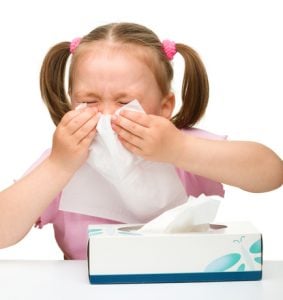Indoor Air Quality Issues To Avoid
 So the problems don’t get worse, indoor air quality issues should be solved as soon as they come to your attention. Experts have already been shown that IAQ problems can reduce productivity, comfort, and increase stress. At worst, they can actually cause serious health problems for the people inside your building. Regardless of the type of structure, (residential or commercial), air quality is as important as your water safety and quality. Your air needs to be of a certain standard, no different than the water piped through your building! (You wouldn’t pipe tainted drinking water, so don’t tolerate tainted air).
So the problems don’t get worse, indoor air quality issues should be solved as soon as they come to your attention. Experts have already been shown that IAQ problems can reduce productivity, comfort, and increase stress. At worst, they can actually cause serious health problems for the people inside your building. Regardless of the type of structure, (residential or commercial), air quality is as important as your water safety and quality. Your air needs to be of a certain standard, no different than the water piped through your building! (You wouldn’t pipe tainted drinking water, so don’t tolerate tainted air).
Causes of Poor Indoor Air:
Poor Ventilation. A simple lack of proper ventilation is one of the leading causes of poor indoor air quality. Recycled air can cause any small amount of pollutants to gather, and increase, even if there are no considerable pollutants in the air or environment. You may have significant health issues if you don’t have enough fresh outdoor air. It is absolutely necessary to have proper ventilation systems for your building.
Pollution You Smell: When discussing pollution, it’s most normal to think of smog or dangerous chemicals in water, but indoor air pollution can unquestionably be a problem. Tobacco smoke, mildew and mold spores, household chemicals, pesticides, and many other ordinary everyday products endanger the indoor health of the occupants. Even something as straightforward as the type of wax or polish that’s used on flooring, without appropriate air circulation, can lead to indoor air quality troubles and health risks.
Odorless Pollution: The type, and risk, of pollution differs from building to building. As an example, certain sources of gas, such as stoves, can introduce carbon monoxide into the indoor air. Gas and oil furnaces and heaters may also be an issue, especially if they are older versions.
Radon. This is an odorless, (and often overlooked) that decays into radioactive particles which can get trapped in your lungs when you breathe. (Here is a US map of the vulnerable radon regions). As these radioactive particles breakdown, they release bursts of dangerous energy. This can harm lung tissue and lead to lung cancer over the course of your lifetime. Radon is the second leading cause of lung cancer.
What Are Your Solutions?
Recognize potential air quality problems: This may include precise measurements, such as detections for carbon monoxide or radon, or it could be aware of the health and well-being of the people inside of a building; things like comfort levels, the amount of sick time taken, and other health complaints. This level of personal awareness can go a long way toward diagnosing problems with air quality.
HVAC Systems Must Be Inspected: Pay particular attention for your heating, cooling and ventilation options. If you’re dealing with problems that involve indoor pollution, then ventilation and cycling of outdoor air may correct those issues immediately. Carbon monoxide is deadly and often the victims never knew there was a problem. Likewise, certain areas of a building may simply not have the best ventilation for the purpose of that room, such as areas where certain types of chemicals are used.
Filters and Air Cleaners Valuable: Commercial air cleaners and filters placed in a HVAC system can reduce both pollution and allergens in an enclosed space. Also, they can provide more options for your ventilation and more fresh air may require more filters. The net result could be a substantial improvement in your quality of air, and the quality of life for those inside of the building. High-Efficiency Particulate Arrestance, (HEPA) air filtration may be the right solution.
Author: Dick Wagner





